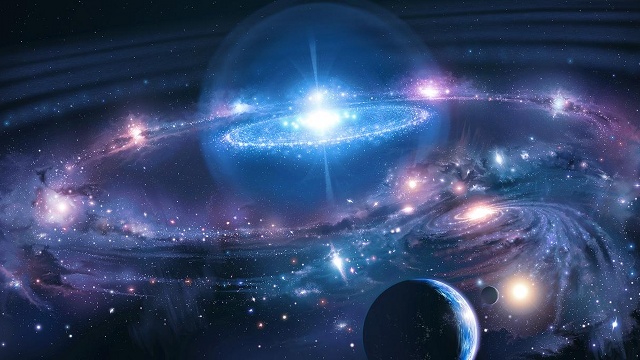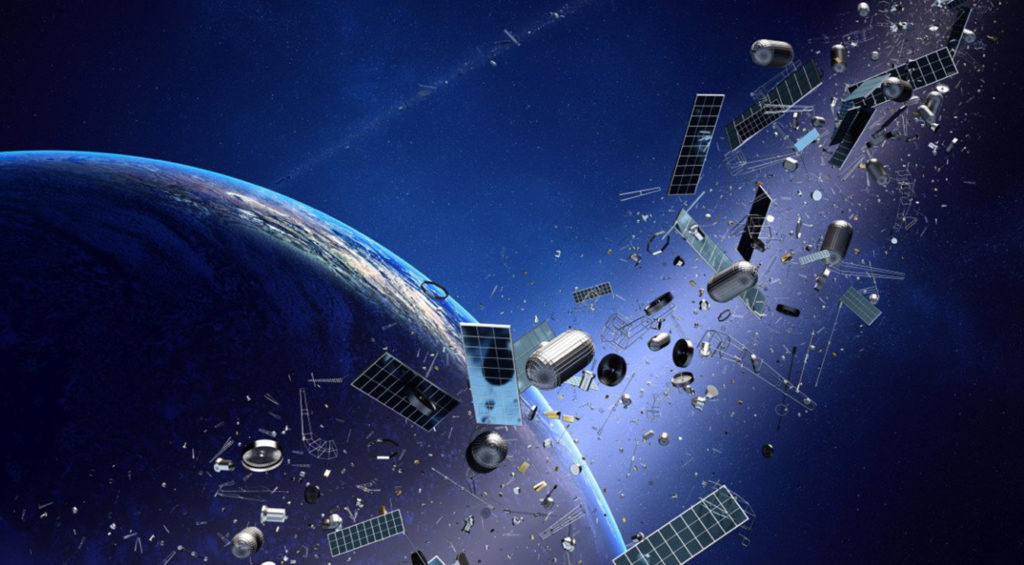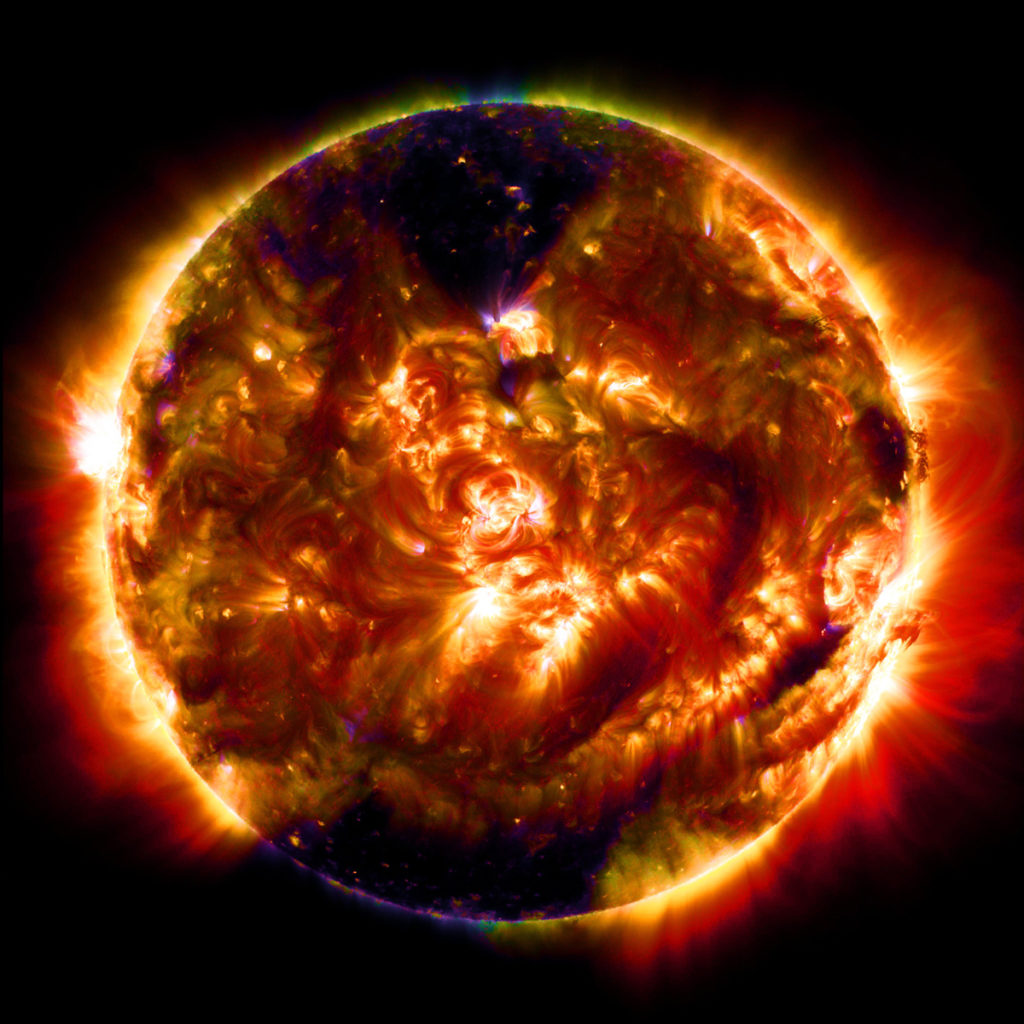Definition of a Black Hole
Black holes, those cosmic enigmas, defy our intuition. Rather than literal holes, they’re massive concentrations of matter compressed into tiny spaces. Picture a cosmic vacuum cleaner with gravity so intense that even light can’t escape its pull.
The event horizon, the boundary around a black hole, marks the point where escape velocity exceeds the speed of light. This boundary permanently traps anything that crosses it. Inside the event, the horizon remains unknown.
Detecting black holes involves:
- Accretion disks: These rings of gas and dust emit light, including X-rays.
- Orbiting stars: Their unique orbits reveal nearby black holes.
- Gravitational waves: Ripples in space-time confirm their existence.
- Gravitational lensing: Light bending around black holes reveals their presence.
The more you get to know about space, the more knowledgeable you feel. It is scary that most people know so little about the universe. There could be multiple universes! Did you know that there is a black hole? Today, we shall tell you about what the black holes are.
There are some strange objects in the universe, and black holes are one of them. Just like a star or planet has a surface, these do not have any surface. Do you know that nothing can escape from the black hole? You do know that light travels fastest. Nothing can surpass light, but the black hole sucks the light as well. Light cannot escape from the dreaded black hole.
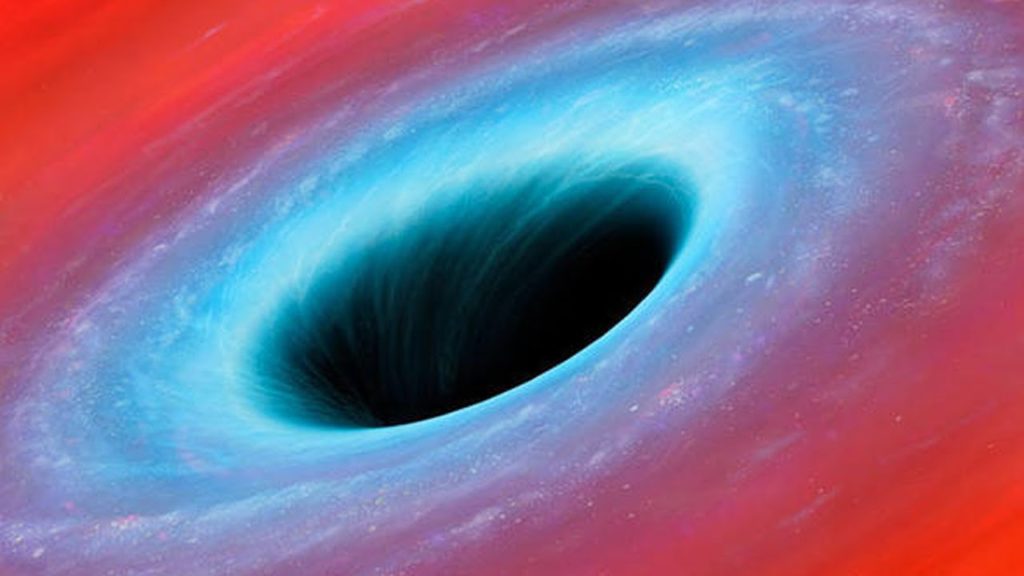
The black holes cannot be seen by human eyes. However, you can see the effects of the black hole around you. They affect the galaxies and stars. The discussion of black holes has most people interested. Since they do not reflect light, we cannot see them. Scientists have discovered black holes after they observed the objects and light around them.
Who discovered the term ‘black hole’? There were two scientists who came up with the concept: Pierre-Simon Laplace and John Michell. It was John Archibald Wheeler who came up with the term. Did you know that there is debris surrounding the black holes? It is a ring of debris that surrounds the black hole. Scientists have observed debris around the black hole. Since it does not reflect light, it is the debris and objects around it that help us know that the black hole exists.
There are three properties of the black hole: the spin, the electronic charge, and its mass. The gravitational force that the mass generates does the actual damage to the nearby objects.
What happens if an astronaut or an object goes too close to the black hole? There is no mercy in this situation because the black hole will rip the astronaut or object apart once it has sucked it in. We all have vacuum cleaners in our homes. The effect of black holes is similar. Just like the vacuum cleaner has strong suction, you can imagine that the black hole has much stronger suction power. Just like the dirt starts to get inside the vacuum cleaner, every object gets sucked up by the black hole. The black hole does not have suction power; it is the gravitational pull that is causing the suction.
Have you heard about Spaghettification? No, we are not giving cooking classes here. It is a term that is related to the effects of black holes. It is basically the process through which an object will be stretched out, just like spaghetti, and ripped apart if it falls into the black hole. The black hole is like a churning machine or like a meat grinder. Nothing can escape the black hole, and the consequences of falling into it are not pleasant.
What is the size of the black hole? These come in different sizes. Some of them are bigger than the Sun. How do they form? When stars collapse in a supernova explosion, the solar masses form black holes. Most of the galaxies have black holes in them. You will find the black holes at the center of most galaxies. Do you know that these black holes can be heavier than the sun?
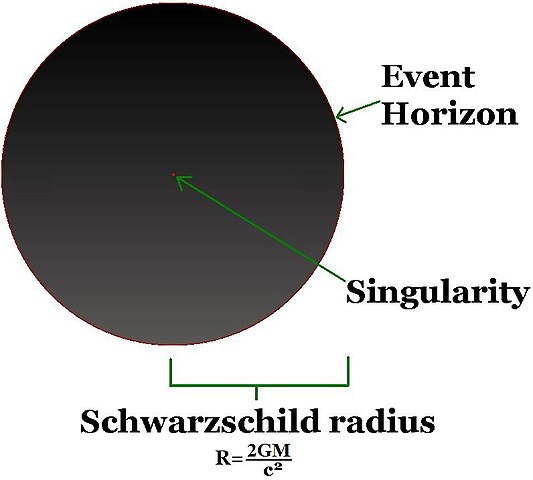
The anatomy of the black hole is simple. It is made of three parts. The outer layer is called the event horizon. If you are on the outer event horizon, you would still be able to escape the effects of the black hole. You will not be sucked in. The gravity is not as strong at the outer event horizon. The inner event horizon is difficult to escape from. You cannot get out of the inner event horizon. The thought is scary because you will not be able to come out and become Spagheti. Now the center of the black hole is called the singularity. This basically means that the star has been squashed up and turned smaller in size. The gravity is strongest at the singularity. You would not want to go near the singularity.
When stars collapse, it creates a supernova. The collapsed stars turn into black holes. A supernova is basically when the star bursts and scatters in the universe. There are 100 billion stars, and there are 100 million black holes in our galaxy. Do note that the black hole is the deadliest thing in the universe, and you would never want to go close to it.
There are two types of black holes. One is the super massive black hole. These are bigger than the sun and they are the largest type of black hole. We will find this type of super massive black hole at the center of the Galaxy. It is called Sagittarius A. The other type is the stellar black holes, which are twenty times larger than the Sun.
Do you know that there have been theories about black holes being used for time travel? It may be possible in 2050, but there will be a day when we will be able to time travel through the black hole. We know that it is dangerous to go near it, but many physicists have agreed that the black hole could be a possible way for time travel. A black hole time machine could tell you what the future holds for you. Scientists are constantly working on it, and it may be possible in the future.
I hope this article helped you understand the concept of a black hole. It is interesting that we live in the universe and cannot see the black holes. There will be a time when we will be able to see the future through these black holes. ONE DAY!



